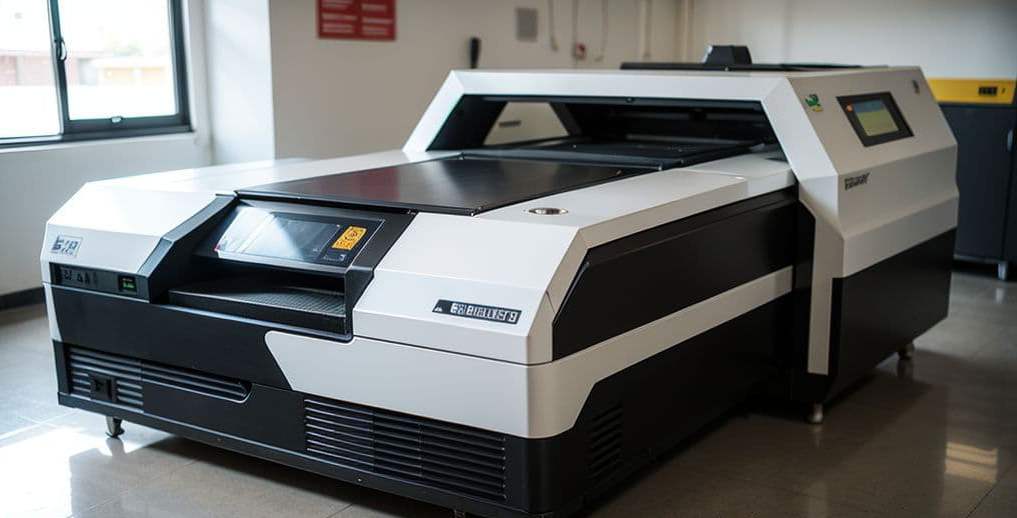can you laser engrave acrylic

Introduction
Acrylic, known for its versatility and clarity, has become a favored material in various industries. From signage to artistic displays, acrylic offers a canvas that is both durable and aesthetically pleasing. One question that often arises is: can you laser engrave acrylic? The answer is a resounding yes. Laser engraving on acrylic not only enhances its visual appeal but also adds functionality to the material. In this article, we delve into the intricacies of laser engraving acrylic, exploring the techniques, best practices, and applications. As we navigate through this topic, we will uncover how laser engrave cutting transforms simple acrylic sheets into masterpieces.
Understanding Acrylic Materials
Acrylic, or polymethyl methacrylate (PMMA), is a transparent thermoplastic often used as a lightweight or shatter-resistant alternative to glass. Its properties make it ideal for laser engraving and cutting. There are two primary types of acrylic used in laser processing: cast and extruded.
Cast Acrylic
Cast acrylic is created by pouring liquid acrylic into molds and allowing it to set. This method results in a material with uniform properties throughout. Cast acrylic is preferred for laser engraving due to its clarity and ability to produce a frosted appearance when engraved. The material responds well to laser energy, yielding crisp and precise engravings.
Extruded Acrylic
Extruded acrylic is manufactured by pushing acrylic mass through rollers to form sheets. This process is more economical but results in a material with different internal stresses. While extruded acrylic cuts cleanly, it doesn’t engrave as well as cast acrylic. Engravings may appear less frosted and more transparent, which may not be desirable for certain applications.
The Laser Engraving Process on Acrylic
Laser engraving involves using a focused beam of light to remove material from the surface. When the laser interacts with acrylic, it vaporizes the surface layer, creating an engraving. The laser parameters, such as power, speed, and frequency, must be carefully adjusted to achieve the desired effect.
Selecting the Right Laser
CO2 lasers are the most common type used for engraving acrylic due to their wavelength, which is readily absorbed by the material. The laser’s power can range from 25 watts for simple engravings to over 150 watts for deeper cuts. Understanding the capabilities of your laser engraver ensures optimal results.
Adjusting Laser Settings
The key to successful laser engraving on acrylic lies in fine-tuning the settings:
- Power: Higher power settings remove more material but can cause melting or distortion. It’s crucial to find a balance that engraves effectively without damaging the acrylic.
- Speed: Slower speeds allow the laser more time to interact with the material, resulting in deeper engravings. However, too slow can lead to overheating.
- Frequency: The pulse rate of the laser affects the smoothness of the engraving. Adjusting the frequency can minimize burn marks and improve edge quality.
Types of Acrylic Suitable for Laser Engraving
Not all acrylic is created equal when it comes to laser engraving. The choice between cast and extruded acrylic significantly impacts the outcome. Additionally, acrylic comes in various colors and finishes.
Transparent Acrylic
Transparent acrylic is popular for applications where clarity is essential. Engraving on transparent acrylic produces a white, frosted effect that contrasts beautifully with the clear material.
Colored Acrylic
Colored acrylic can add vibrancy to engraved pieces. The engraving process can reveal different shades depending on the color and thickness of the material. It’s important to test engravings on colored acrylic to ensure the desired outcome.
Mirror Acrylic
Mirror acrylic has a reflective surface on one side and is often engraved from the back. This technique preserves the mirror finish while displaying the engraving through the acrylic.
Best Practices for Laser Engraving Acrylic
To achieve the best results when laser engraving acrylic, consider the following best practices:
Maintaining a Clean Work Surface
Dust and debris can affect the quality of the engraving. Ensure that the acrylic surface is clean before starting the laser engraving process.
Using Appropriate Focus Settings
Proper focus of the laser beam is critical. An out-of-focus laser can result in blurry or uneven engravings. Regularly check and adjust the focus according to the manufacturer’s guidelines.
Testing on Scrap Material
Before engraving the final piece, conduct tests on scrap acrylic. This helps in fine-tuning the laser settings and avoiding costly mistakes.
Safety Considerations
Laser engraving, while efficient, poses certain safety risks. Acrylic vapors can be harmful if inhaled, and the laser equipment requires proper handling.
Ventilation
Ensure that the workspace is well-ventilated. Use exhaust systems to remove fumes generated during the engraving process.
Protective Equipment
Wear safety glasses designed for the laser’s wavelength. Additionally, gloves can protect against sharp edges when handling acrylic sheets.
Applications of Laser Engraved Acrylic
The versatility of laser engraved acrylic lends itself to a multitude of applications across various industries.
Signage and Displays
Engraved acrylic is widely used in signage due to its professional appearance. Businesses use it for nameplates, directional signs, and informational displays.
Awards and Trophies
Custom awards made from engraved acrylic offer a sophisticated alternative to traditional materials. The clarity of acrylic enhances the engraved text and images.
Artistic Endeavors
Artists and designers utilize laser engraving to create intricate patterns and designs on acrylic, resulting in unique pieces of art.
Conclusion
Laser engraving acrylic opens up a world of possibilities for both hobbyists and professionals. The ability to precisely engrave and cut acrylic allows for the creation of stunning, functional, and innovative products. By understanding the properties of acrylic and mastering the laser engraving process, one can fully exploit the material’s potential. As technology advances, we can expect even more impressive applications of laser engrave cutting in the world of acrylic fabrication.